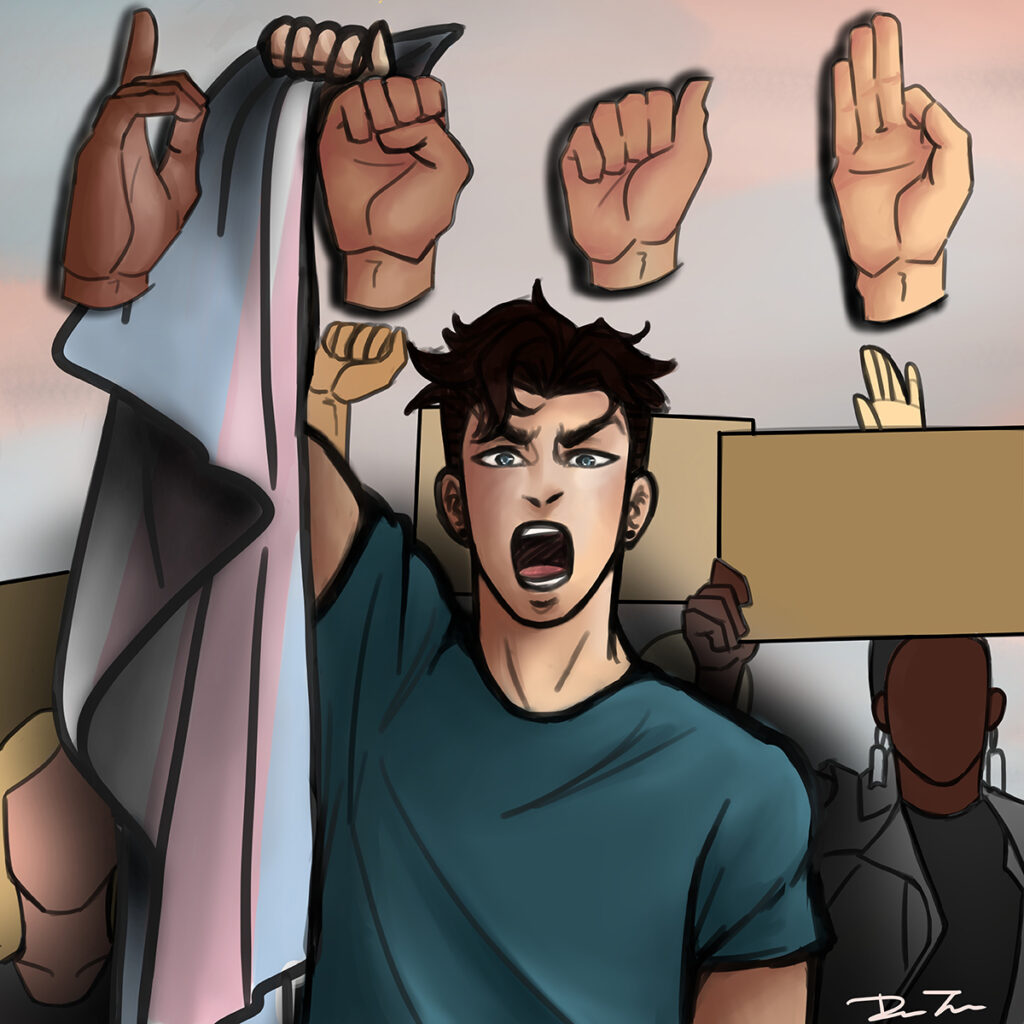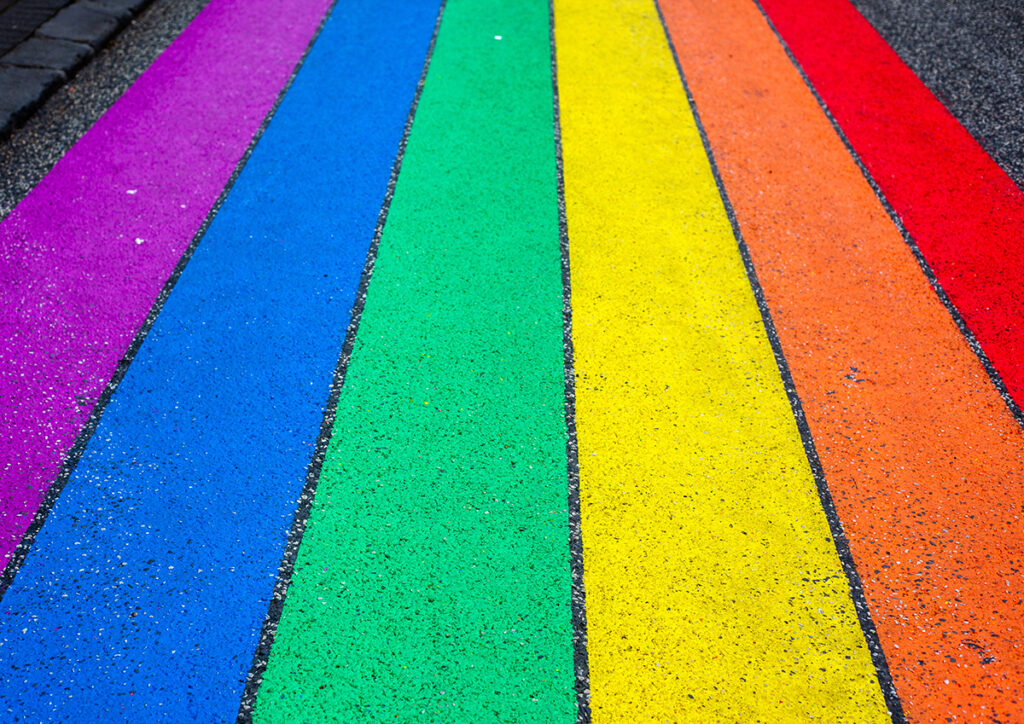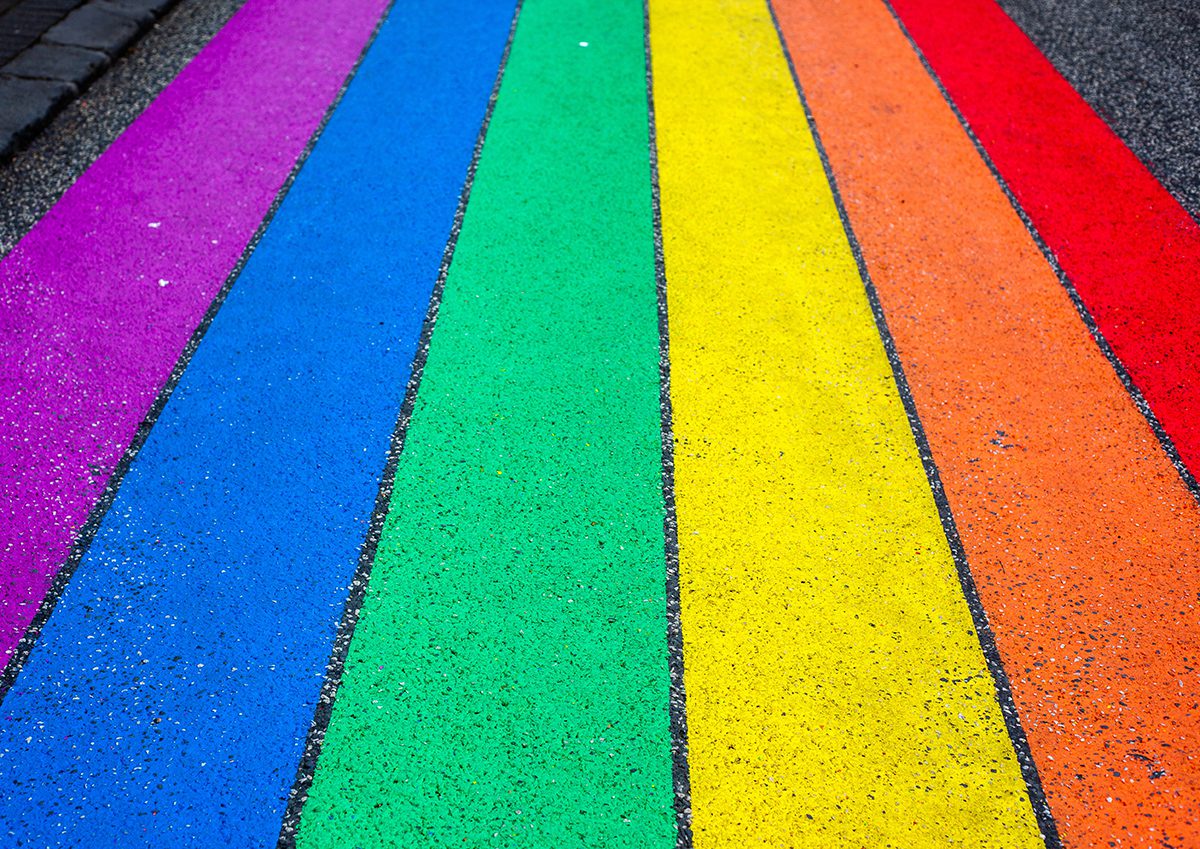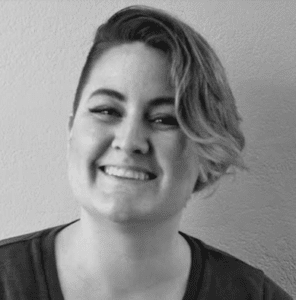The following article is proudly written by an art educator working in a district that supports the LGBTQ+ community, including teachers who identify as such. The article is written from that experiential lens. We recognize that it may not be safe or permissible to engage in these discussions at your school. We encourage you to keep your safety, your students’ safety, your district regulations, and the parents in your community in mind at all times.
My name is Jennie Drummond. I’m a high school art teacher, an out and proud LGBTQ+ educator, and a new writer for the AOEU Magazine. This article details my perspectives and experiences. The research and resources provided are for art educators exploring a deeper awareness of LGBTQ+.
The LGBTQ+ community has celebrated pride, diversity, and joy throughout June for decades. Pride began as a commemoration for the Stonewall Uprising of 1969 and has since grown into a month-long celebration. While the festivities have evolved over the years, the messages of visibility, equality, and empowerment have remained the same. In recognition of how long the journey has been, the NYC 2021 Pride Parade’s official theme was The Fight Continues.
In the spirit of Pride Month, let’s talk about why being an out and proud LGBTQ+ educator or a vocal LGBTQ+ ally can benefit your students. Research shows it can save lives, improve classroom culture, and normalize LGBTQ+ diversity.
It’s important to make sure we’re all speaking the same language. Some important phrases to know going into this conversation are:
- LGBTQ+: This acronym stands for “lesbian, gay, bisexual, transgender, queer, and more identities.” There are many variations of this acronym, and they all refer to the queer community.
- Ally: An ally is someone who empowers a group to which they do not belong. In this context, “ally” describes a straight person who supports the LGBTQ+ community or a cisgender person who supports the trans+ community.
- Out: If you are “out,” you openly acknowledge that you are a part of the LGBTQ+ community.
Read on for 3 reasons why being an out LGBTQ+ educator or a vocal LGBTQ+ ally will benefit your students.

1. You can save lives.
As educators, it’s our responsibility to keep our students safe. In order to do so, we must be able to anticipate needs. In the 2019 National School Climate Survey, the Gay, Lesbian, and Straight Education Network (GLSEN) found that 86% of LGBTQ+ students were harassed or assaulted at school. The same report found rates of bullying are even higher for queer students of color and trans+ students. The CDC reported LGBTQ+ youth are almost five times as likely to have attempted suicide than heterosexual youth. They also found that each physical or verbal harassment episode increased the likelihood of self-harming behavior by 2.5 times.
This is where we as teachers come in. No matter what your position is on this topic, it’s our role to keep all students safe in our classrooms.
LGBTQ+ students feel safer and more supported at openly welcome schools. According to GLSEN, this support looks like anti-bullying and anti-discrimination policies, teachers and school staff who are supportive of LGBTQ+ students, having gender and sexuality alliances on campus, and an LGBTQ+ inclusive curriculum. Even a small show of support, like hanging a Safe Space poster or asking students what pronouns they use, can mean the world to your students.

Artmaking idea: Safe Space posters are a visual indication that LGBTQ+ students are safe in your classroom. Have students participate in a design challenge where they produce a poster with a welcoming message. With student permission, hang the posters in your room or offer them to other staff members to hang in their classrooms.
2. You can improve classroom culture and increase student connection.
One of the joys of teaching art is the diversity we infuse into our curriculum. Including out artists in your lessons is an easy way to show your support. Take a moment to acknowledge the artist’s sexuality and/or gender identity. The acknowledgment is key. When students see themselves—or their friends and family—reflected in what they are learning, they’re more likely to be invested in the lesson. For students who have not been exposed to gender and sexuality, the inclusion of this aspect of identity provides a full picture of the artist’s life.
Note: Peruse the links below to determine if they’re appropriate to share with your students.
Some engaging LGBTQ+ artists to start with are:
Students also recognize the vulnerability of being out. They will follow your example and meet you at the level you set. I’ve been out for my entire tenure as a teacher. Students, both LGBTQ+ and not, open up in my classroom in ways that surprise even themselves.
AOEU resources: AOEU has numerous resources for you to peruse if you want to dive deeper into this topic. Check out this article on LGBTQ+ artists, an interview with trans artist Rae Senarighi, and this episode of Everyday Art Room about why we should include LGBTQ+ artists in our classrooms.
3. You can normalize LGBTQ+ for your students.
LGBTQ+ is not necessarily an abstract concept for students. As reported by the Department of Education, most public school teachers in the U.S. are from the Gen X or millennial generation. However, current students are from Gen Z. According to Pew Research, Gen Z is more open and accepting toward all types of diversity, including gender identity and sexuality. The Mayo Clinic states that gender identity develops by the age of three and sexuality usually around the ages of nine to twelve. This means students entering our classrooms may already be considering what comprises self-identity. Having an out adult in their lives further normalizes this diversity. By celebrating ourselves, we welcome students to celebrate with us.

Artmaking idea: Ask students to create a piece that shows what “community” means to them. Be sure to include communities that transcend geographic boundaries as examples. This includes communities like the LGBTQ+ community, the d/Deaf and hard of hearing community, specific online communities, and more.
Focusing on you: Are you worried about parent or community reactions?
We talked about following your district regulations and curriculum. We talked about ensuring your students’ safety. But what about you—the art teacher who works in a supportive school system but is still nervous to come out? Coming out as an educator or publicizing your allyship is scary. Historically, there has been a stigma around LGBTQ+ folks working in education. If you’re nervous, talk with an out teacher on your campus. You can also meet with the diversity coordinator in your district (if you have one) and your administration if you’re comfortable. On social media, there are many professional learning communities centered around LGBTQ+ educators.
Looking for student-centered resources? Queer Kid Stuff and Blair Imani’s Smarter In Seconds series are great places to start.

Our classrooms can provide refuge for students. We are privileged to provide a safe space for students to explore and express themselves through art. We should lead by example. By celebrating yourself as a member of the LGBTQ+ community or supporting the LGBTQ+ population as an ally, you can guide your students to celebrate themselves for who they are. Coming out at school is scary, but for me, it was more than worth it. You are not alone, and you can do this!
Happy Pride Month, everyone!
Check out the following resources to further your own learning:
- The Gay, Lesbian, and Straight Education Network
- The Trevor Project
- National Art Education Association LGBTQ+ Caucus
- Connect with your local LGBTQ+ community organizations, your local PFLAG chapter, and your school’s Gay-Straight Alliance (GSA).
How have you incorporated LGBTQ+ awareness into your curriculum?
Who are three different LGBTQ+ artists you are excited to share with your students?
Magazine articles and podcasts are opinions of professional education contributors and do not necessarily represent the position of the Art of Education University (AOEU) or its academic offerings. Contributors use terms in the way they are most often talked about in the scope of their educational experiences.





